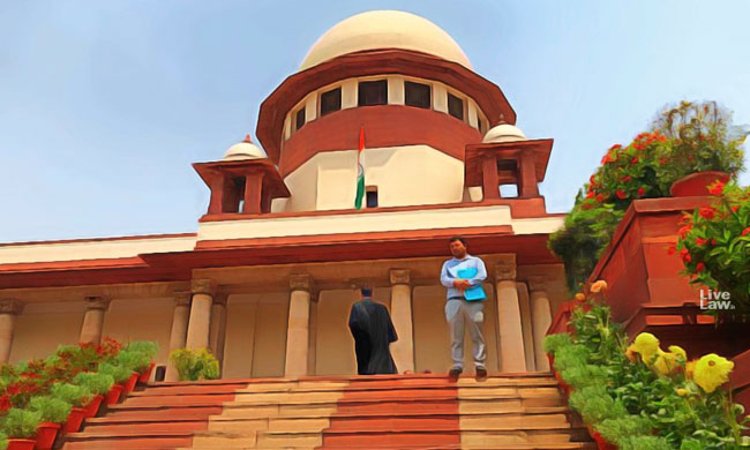Supreme Court And Air Pollution: An Overview Of The Vehicular Pollution case (1985-2019)
Alphonsa Jojan
25 Jun 2019 9:58 AM IST

Next Story
25 Jun 2019 9:58 AM IST
'Beating air pollution' is this year's environmental day theme. Pursuant to this, global community is taking concerted efforts to build consciousness about the environmental and health hazards posed by air pollution. The theme is central to India as a study by IQAir AirVisual and Greenpeace has identified 22 of 30 worst world's polluted cities in India. This highlights the pressing need...
